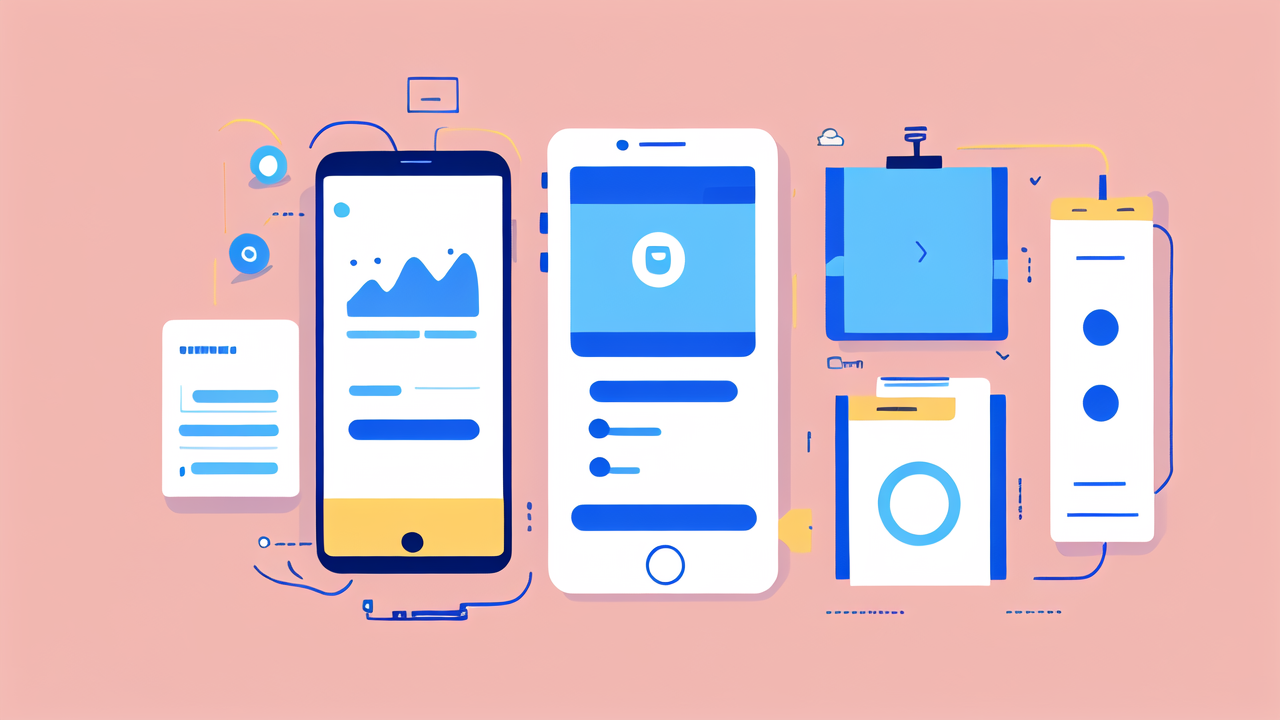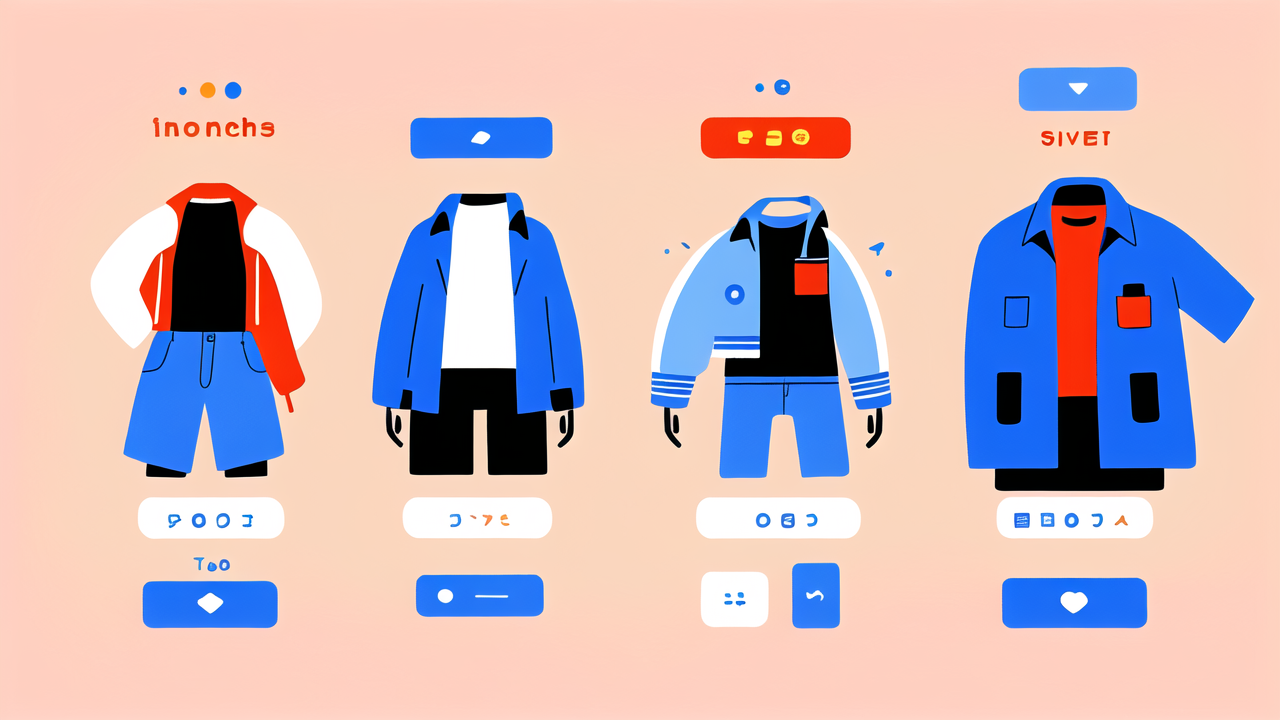The Rise of Wearable Fashion Tech in the United States
The Evolution of Wearable Technology
Wearable tech has come a long way in the US. It started with simple step counters and fitness trackers. Now, we have smart watches that do much more. These devices can track our health, send messages, and even make calls. The evolution has been rapid and exciting. Smart clothing is the next big thing. It combines fashion with tech in new ways. We now see clothes that can change color or adjust to the weather. Some can even charge our phones or monitor our vital signs. This blend of style and function is changing how we think about clothes.

Market Growth and Consumer Adoption in the U.S.
The US market for wearable tech is booming. More people are buying smart watches and fitness bands. But smart clothing is catching up fast. Consumers love the idea of clothes that do more. Sales of smart fabrics and connected apparel are rising. Many Americans now own at least one piece of wearable tech. The trend is especially strong among younger adults. They see wearable tech as both useful and cool. As prices drop and features improve, adoption rates keep climbing. Experts predict huge growth in this sector over the next few years.
Regulatory Landscape for Wearable Tech in Fashion
As wearable tech grows, so do regulations. The US government is paying close attention. They want to ensure these products are safe and respect privacy. There are rules about data collection and storage. Companies must be clear about what info they gather and how they use it. There are also safety standards for electronic components in clothing. These rules help protect consumers and build trust in the industry. As tech advances, laws will likely evolve too. Balancing innovation and regulation is key for the future of wearable fashion tech.
Innovations and Trends in Wearable Clothing
Smart Fabrics and Innovative Materials
Smart fabrics are changing the game in wearable tech. These materials can do amazing things. Some fabrics can conduct electricity or change shape. Others can react to heat or light. For example, there are shirts that can cool you down when you're hot. Some jackets can warm up on their own in cold weather. There are even fabrics that can clean themselves or repel stains. Scientists are working on clothes that can monitor your health. They might be able to check your heart rate or hydration levels. These smart materials make clothes more than just something to wear.

Integration of AI and Machine Learning
AI and machine learning are making wearables smarter. These techs help devices learn from your habits and preferences. A smart watch might suggest when to exercise based on your schedule. Smart clothes could adjust to your body temperature automatically. AI can also help with personalized fashion advice. It might recommend outfits based on the weather or your plans. Machine learning improves how wearables process data. This makes them more accurate and useful over time. As AI gets better, our clothes will become even smarter and more helpful.
The Future of Wearable Fashion and IoT
The Internet of Things (IoT) is set to revolutionize wearable fashion. Soon, our clothes will talk to our phones, homes, and cars. Imagine a jacket that turns on your house lights as you approach. Or shoes that guide you with vibrations. Wearables will become a key part of our connected lives. They'll help us stay healthy, be more productive, and interact with our environment. We might see clothes that change patterns or colors with a tap on your phone. The future of fashion is not just about looks, but about what our clothes can do for us.
Strategic Partnerships and Market Leaders
Key Players in the Wearable Clothing Industry
Several companies are leading the way in wearable clothing. Tech giants like Google and Apple are investing heavily. They're working on smart fabrics and advanced wearables. Fashion brands are also joining in. Companies like Levi's and Under Armour are creating smart clothes. Startups are bringing fresh ideas to the market. Some focus on health monitoring clothes. Others work on enhancing everyday wear with tech. These key players are pushing the boundaries of what clothes can do. They're combining style, comfort, and cutting-edge technology.

Collaborations and Alliances
Partnerships are crucial in the wearable clothing industry. Tech companies team up with fashion brands. This brings together the best of both worlds. For example, Google worked with Levi's on a smart jacket. It can control your phone with touch gestures. Sports brands partner with health tech firms. This leads to better fitness tracking clothes. Even car companies are getting involved. They're looking at how smart clothes can improve driving safety. These collaborations speed up innovation. They help create products that are both stylish and functional.
The Impact of Big Data and Analytics in Fashion Retail
Big data is changing how fashion retailers operate. Smart clothes generate lots of data. This info helps companies understand their customers better. They can see what styles people like and how they use their clothes. This leads to better designs and more personalized products. Retailers can also manage inventory more efficiently. They can predict trends and adjust production. Big data helps create a smoother shopping experience too. It can suggest sizes and styles based on your preferences. As wearable tech grows, the role of data in fashion will only get bigger.




Leave a comment
This site is protected by hCaptcha and the hCaptcha Privacy Policy and Terms of Service apply.